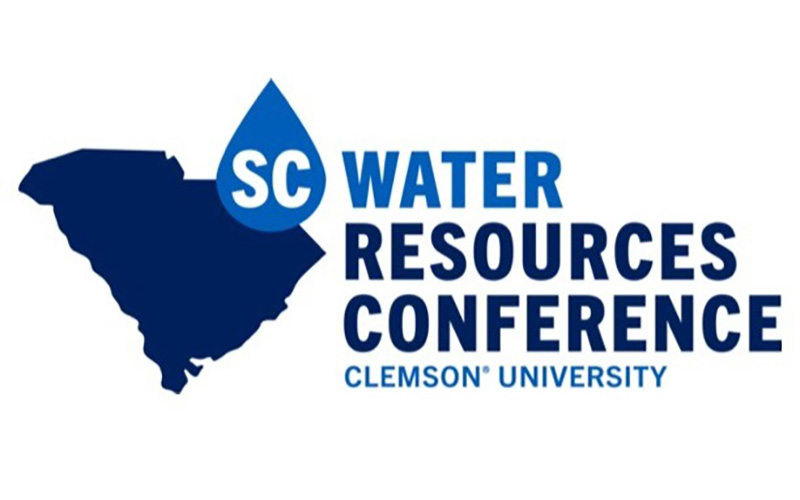Volume
2
Issue
1
DOI
https://doi.org/10.34068/JSCWR.02.03
Abstract
Managers of large river basins face conflicting demands for water resources such as wildlife habitat, water supply, wastewater assimilative capacity, flood control, hydroelectricity, and recreation. The Savannah River Basin, for example, has experienced three major droughts since 2000 that resulted in record low water levels in its reservoirs, impacting dependent economies for years. The Savannah River estuary contains two municipal water intakes and the ecologically sensitive freshwater tidal marshes of the Savannah National Wildlife Refuge. The Port of Savannah is the fourth busiest in the United States, and modifications to the harbor to expand ship traffic since the 1970s have caused saltwater to migrate upstream, reducing the freshwater marsh’s acreage more than 50 percent. A planned deepening of the harbor includes flow-alteration features to minimize further migration of salinity, whose effectiveness will only be known after all construction is completed.
One of the challenges of large basin management is the optimization of water use through ongoing regional economic development, droughts, and climate change. This paper describes a model of the Savannah River Basin designed to continuously optimize regulated flow to meet prioritized objectives set by resource managers and stakeholders. The model was developed from historical data using machine learning, making it more accurate and adaptable to changing conditions than traditional models. The model is coupled to an optimization routine that computes the daily flow needed to most efficiently meet the water-resource management objectives. The model and optimization routine are packaged in a decision support system that makes it easy for managers and stakeholders to use. Simulation results show that flow can be regulated to substantially reduce salinity intrusions in the Savannah National Wildlife Refuge, while conserving more water in the reservoirs. A method for using the model to assess the effectiveness of the flow-alteration features after the deepening also is demonstrated.
Recommended Citation
Roehl, Jr., Edwin A. and Conrads, Paul A.
(2016)
"Decision Support System for Optimally Managing Water Resources to Meet Multiple Objectives in the Savannah River Basin,"
Journal of South Carolina Water Resources: Vol. 2
:
Iss.
1
, Article 12.
DOI: https://doi.org/10.34068/JSCWR.02.03
Available at:
https://open.clemson.edu/jscwr/vol2/iss1/12






